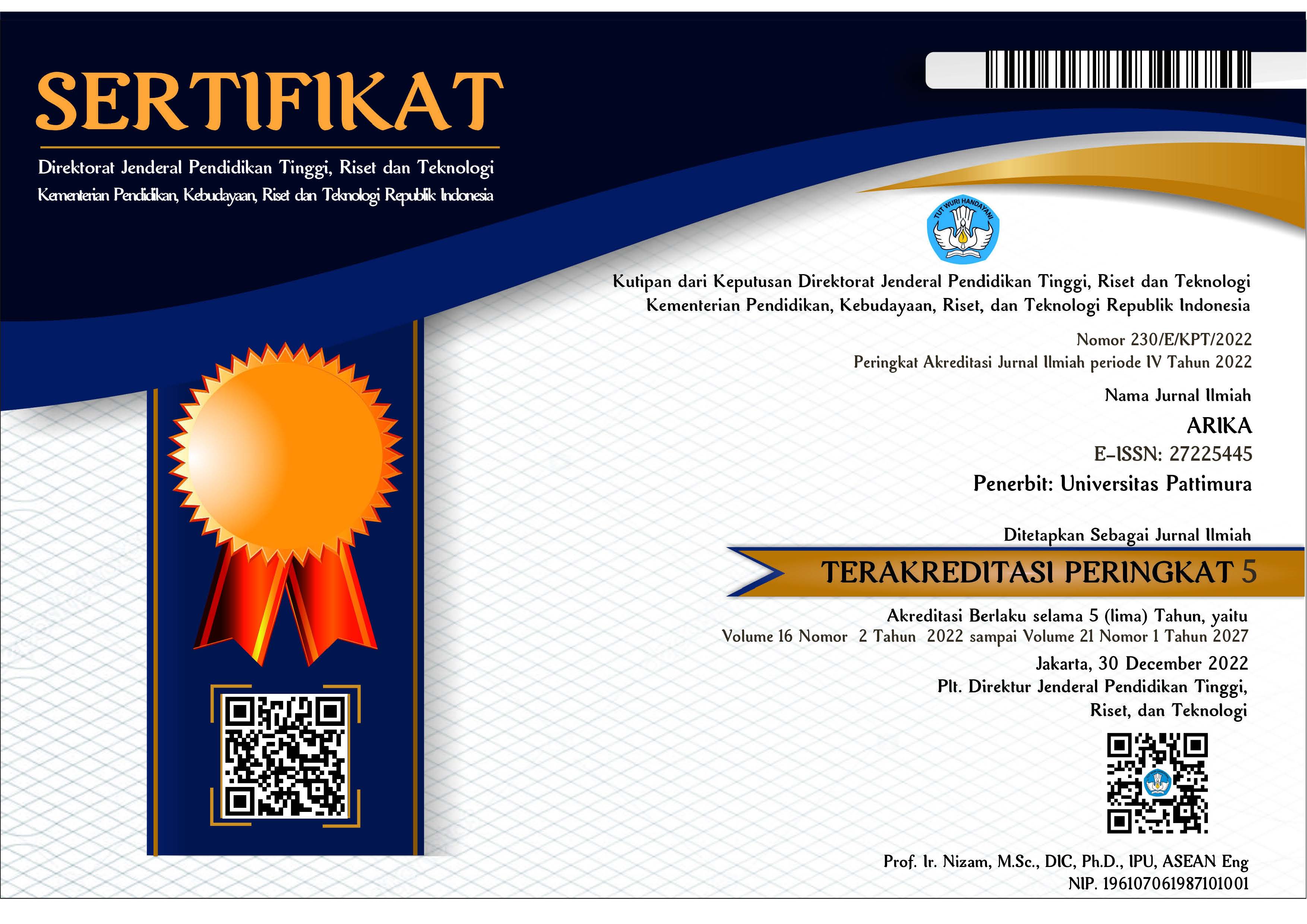Analisis Kerugian Ekonomis Pada Model Peramalan Permintaan Produk Air Minum Dalam Kemasan (Studi Kasus Pada Produk AMDK Aiso dan Ayudes)
Abstract
Forecasting always provide different results to its actual values, that are negative or positive difference. Economically, these dissimilarities have impact on losses. This article aims to (1) establish a forecasting model to forecast the demand of packaged drinking water (AMDK) based on the actual data pattern of Aiso and Ayudes; (2) establish a partial forecasting model according to performance criteria of model; and (3) compare the expectation value of economic losses among each model. Result of study presents Single Exponential Smoothing as the chosen model with lower error to forecast AMDK demand. It also shows that the lower expectation of economic losses for AMDK Aiso is provided by Trend Analysis model, while the highest expectation yielded by Moving Average and Single Exponential Smoothing model. The lower expectation of economic losses for AMDK Ayudes is provided by Trend Analysis model, while the highest expectation yielded by Double Exponential Smoothing model. The minimum expectations of economic losses produced by Trend Analysis Model are Rp. 229.781.833 (AMDK Aiso) and Rp.279.120.911 (AMDK Ayudes).
Downloads
An author who publishes in the ARIKA Jurnal agrees to the following terms:
- The author retains the copyright and grants ARIKA journal the right of first publication of the work simultaneously licensed under the Creative Commons Attribution-ShareAlike 4.0 License that allows others to share the work with an acknowledgment of the work's authorship and initial publication in this journal.
- The author is able to enter into separate, additional contractual arrangements for the non-exclusive distribution of the journal's published version of the work (e.g., post it to an institutional repository or publish it in a book) with the acknowledgment of its initial publication in this journal.
- The author is permitted and encouraged to post his/her work online (e.g., in institutional repositories or on their website) prior to and during the submission process, as it can lead to productive exchanges, as well as earlier and greater citation of the published work (See The Effect of Open Access).










